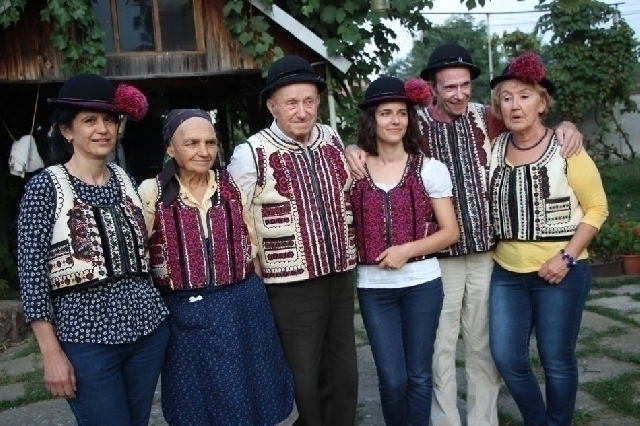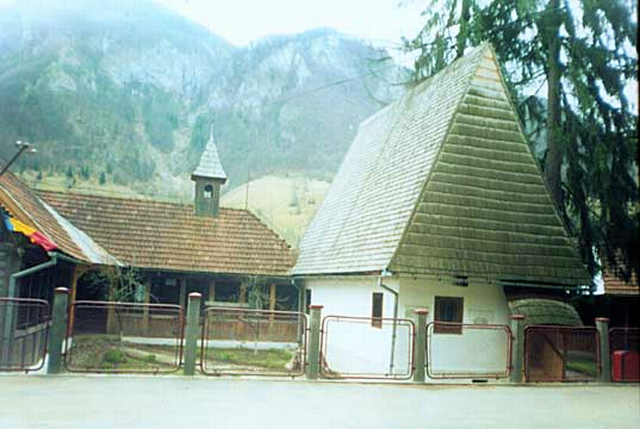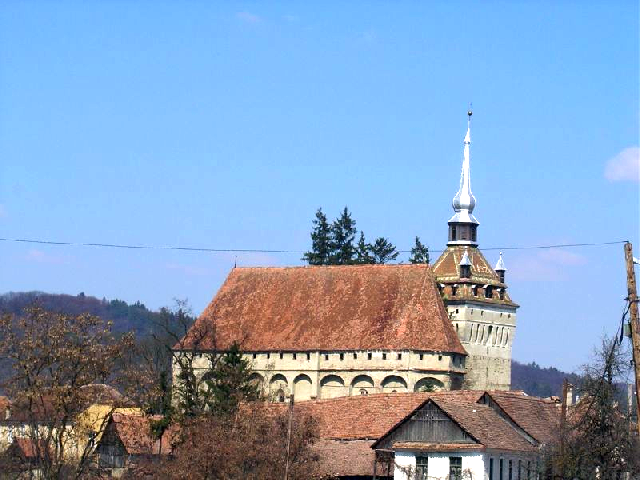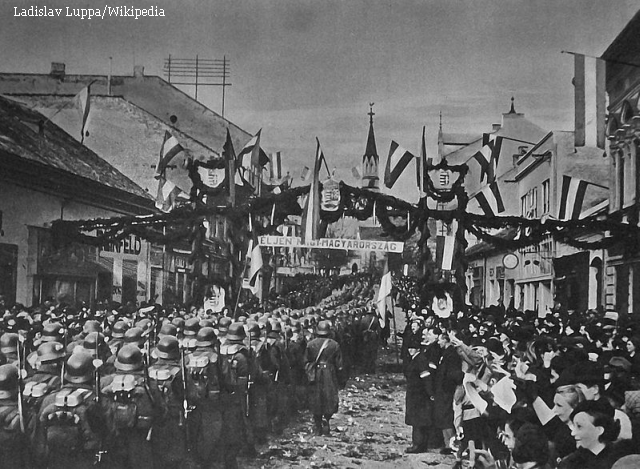With the tranquility of its scattered villages, the simple folk, the fresh air and ancient customs, but also the traditional food, our destination is as famous as it is insufficiently promoted. Once you get to Transylvania, you’ll make another surprising discovery. Next to these villages, or right in the heart of them, stand impressive churches – fortifications raised in the 12th century. In this relatively small geographical space, there are over 200 such structures. From April 5th until October 31st, over 400,000 tourists are expected to visit these churches as part of a special programme entitled Discover the Soul of Transylvania and initiated by the Evangelical Church of Romania. The priest Stefan Cosoroaba explains:
The project Discover the Soul of Transylvania was born out of necessity. After 1990, almost all Transylvanian Saxons, members of the Evangelical Church, emigrated. Gone with them were also the craftsmen and the people responsible for the maintenance of the churches. Over 150 medieval fortified churches in Southern Transylvania were almost orphaned. This string of monuments is almost unique in Europe. So the Evangelical Church in Romania and its Bishopric started a project to substitute for the disappearance of the communities that have maintained these churches for 800 years. Unfortunately, the present local communities don’t get involved enough in maintaining historic monuments, be they UNESCO or A or B category. Cultural tourism becomes a means of substituting communities that no longer exist and is the only possibility of securing a future for these historic monuments. This is the purpose of the Discover the Soul of Transylvania project.
Almost 200 events are scheduled for the duration of the programme, with visitors now being able to enter around 65 fortified and medieval churches. 41 are included in the Transylvania Card 2015, the first tourist card in Romania. Father Cosoroaba told us more about it:
The Transylvania Card is an attempt to promote fortified churches not only individually, but also collectively, giving its holder free access to the major fortified churches. On top of free access, this card offers discounts for various tourist services provided by our partners in the region. This is therefore an integrated travel programme. We don’t just promote the churches, but also the entire area, including the locals. The card provides discounts to 65-70 restaurants, B&Bs and events. More information about this card is available on a special website. Information about the fortified churches and the tourist services available, as well as the Discover the Soul of Transylvania project is available in German, Romanian and English. The card can be bought at 8 different locations in southern Transylvania. It costs 50 lei, the equivalent of 11 euros, with the money going exclusively to restoration. You can also order it by e-mail.
As opposed to five years ago, when up to 70% of the visitors to the fortified churches were foreign, Romanians have also started to take an interest in their heritage in recent years and now account for half of the number of people visiting the fortified churches. Father Stefan Cocioroaba:
In the German area of Europe, in Austria, Switzerland and Germany, people have the highest level of interest for these fortified churches. In recent years, however, we’ve had more and more tourists from France, Spain, Poland and Britain. We have even had visitors from China and Japan. There are no set routes, just areas of interest. Most tourists make an obligatory stop to Biertan, which is probably the most important UNESCO fortified church of all the 150, but they also stop at Prejmer, near Brasov, in Sighisoara, with its Church on the Hill, and the Monastery Church. The Black Church in Brasov is very popular, but Viscri is also gaining ground. Prince Charles owns a home here and he has grown very much attached to the area.
Once in Biertan there is a big chance you meet Codruta Pleias. She is one of the locals, a woman very proud of her native village whose history and rich cultural heritage she knows very well. Codruta Pleias:
Proof of the exceptional cultural heritage of this place is the fortified church here, included on the UNESCO heritage list. The fortress is located in the middle of the village and is surrounded by three rows of walls. In the 16th century, Lucas Unglerus of Biertan was appointed evangelical archbishop. He agreed to take over this position on condition he could stay on in Biertan, which involved moving the archbishopric here. This is a wonderful place, surrounded by forested hills. For three hundred years, Biertan has been the spiritual centre of the Lutheran Church in Transylvania.
Stefan Cosoroaba also recommends a visit to the fortified church in Cisnadioara:
This is the oldest fortified church of all the 150. It was built by the Walloon settler who came from Western Europe in the 11th century. The place had been, for a long time, a pilgrimage site. The beautiful view of the Cibin and Fagaras Mountains can be admired from the front side of the church. It is located on St. Michael’s hill, so we can imagine the pilgrims climbing this hill in the dark, through the woods, and reaching their destination, a place full of light where they could take everything off their minds and find peace. Climbing St. Michael’s hill is equally difficult today but it’s well worth it, because once at the top, you are rewarded with a breathtaking scenery and the opportunity to see a priceless historical site.
